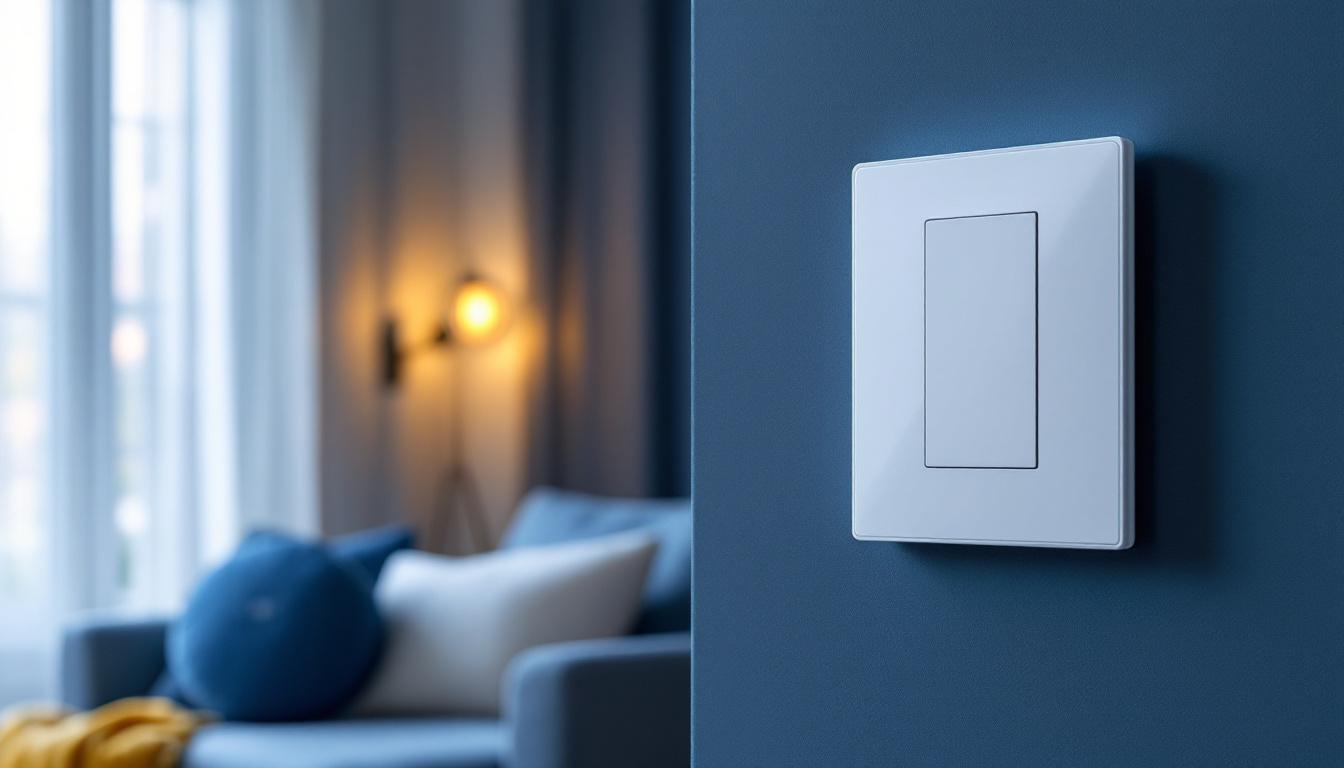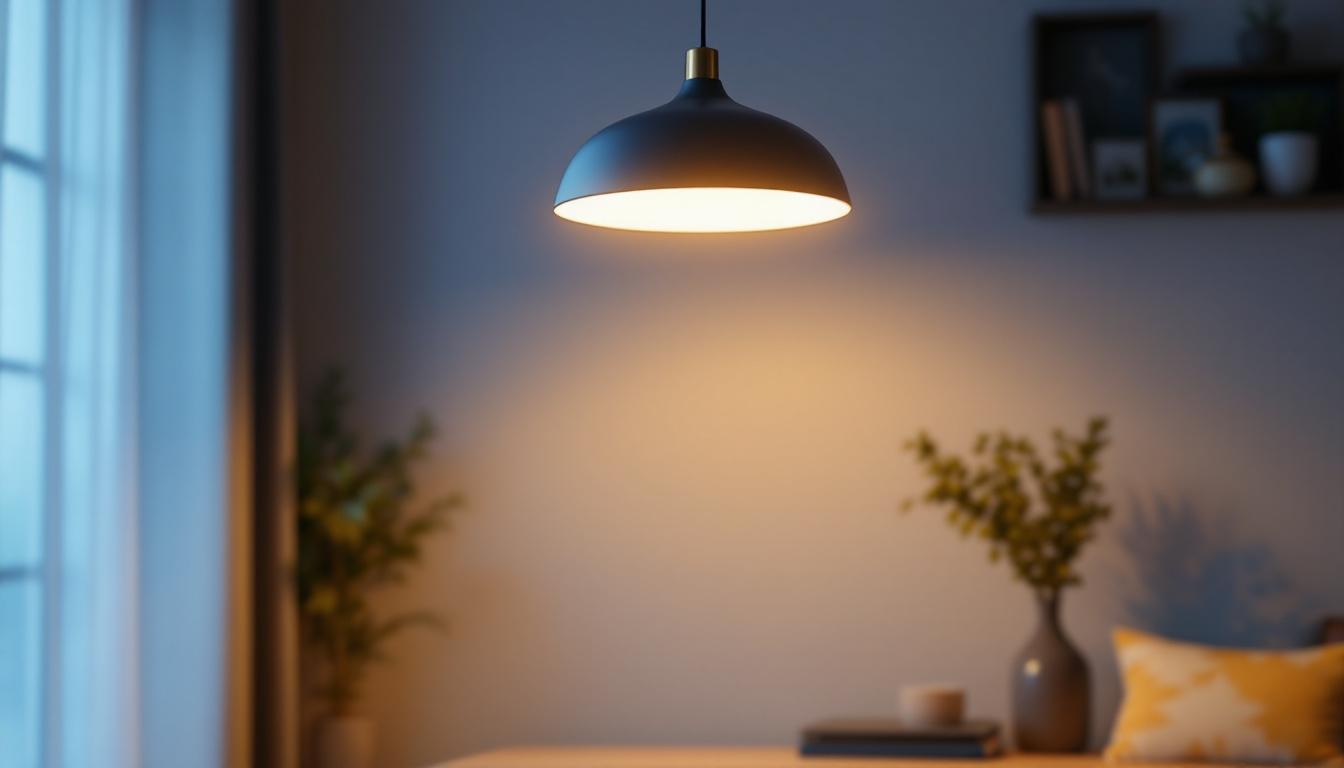
As the demand for home tanning solutions continues to rise, understanding the nuances of tanning lights becomes essential for lighting contractors. Tanning lights, particularly those designed for home use, offer a unique blend of aesthetics and functionality. This article aims to provide a comprehensive overview of tanning lights, their types, benefits, installation considerations, and maintenance tips—all tailored for lighting professionals.
Tanning lights are specialized lighting systems that emit ultraviolet (UV) radiation to simulate the effects of natural sunlight. These lights are primarily used in tanning beds and booths but are also gaining popularity in home settings. For lighting contractors, grasping the science behind these lights is crucial for effective installation and customer education.
At the core of tanning lights is the emission of UV radiation, which can be divided into three types: UVA, UVB, and UVC. UVA rays penetrate the skin more deeply and are primarily responsible for the tanning effect, while UVB rays contribute to vitamin D production and can cause sunburn. UVC rays, on the other hand, are mostly absorbed by the atmosphere and do not reach the Earth’s surface.
Understanding the balance between these types of UV rays is essential for contractors when recommending tanning solutions. The right combination can enhance the tanning experience while minimizing skin damage risks. Moreover, the skin’s response to UV exposure can vary significantly among individuals, influenced by factors such as skin type, genetics, and previous sun exposure. Therefore, educating clients about their unique skin characteristics can help them make informed decisions about their tanning options.
There are several types of tanning lights available for home use, each with its unique characteristics and applications. The most common types include:
In addition to these types, there are also hybrid systems that combine different technologies to optimize tanning results. For instance, some modern tanning beds incorporate both high-pressure lamps and fluorescent bulbs to provide a more balanced UV exposure, catering to a wider range of skin types and tanning preferences. Furthermore, advancements in tanning technology have led to the development of smart tanning systems that allow users to customize their tanning sessions based on their skin type and desired outcomes, enhancing both safety and effectiveness.
As the popularity of tanning lights continues to grow, so does the importance of education around their use. Contractors must stay informed about the latest trends and safety guidelines to ensure that clients not only achieve their desired tan but also protect their skin health. This includes understanding the recommended exposure times, the importance of using protective eyewear, and the potential risks associated with overexposure to UV radiation. By providing comprehensive guidance, contractors can foster a safer tanning environment and build trust with their clientele.
For homeowners, investing in tanning lights can offer numerous benefits beyond just achieving a sun-kissed glow. Understanding these advantages can help contractors better communicate the value of these products to clients.
One of the primary benefits of home tanning lights is the convenience they provide. Homeowners can achieve their desired tan without the need to visit a tanning salon, saving both time and money. This accessibility allows for greater flexibility in tanning schedules, accommodating busy lifestyles. Additionally, the comfort of tanning at home means that individuals can enjoy a more relaxed atmosphere, free from the hustle and bustle of a salon environment. Whether it’s a quick session before a night out or a leisurely tanning routine on a lazy weekend, the ease of access to tanning lights makes it an attractive option for many.
Home tanning solutions allow users to customize their tanning experience. With adjustable settings, individuals can control the intensity and duration of their tanning sessions. This level of personalization can lead to more satisfactory results, catering to different skin types and tanning preferences. Furthermore, many modern tanning lights come equipped with advanced technology that can simulate natural sunlight, providing a more even and natural-looking tan. Users can experiment with different settings to find the perfect balance for their skin, making the experience not only effective but also enjoyable. This adaptability can be particularly beneficial for those with sensitive skin or specific tanning goals, such as preparing for a special event.
While the initial investment in tanning lights may seem significant, over time, they can prove to be a cost-effective solution. Regular visits to tanning salons can accumulate substantial costs, whereas home tanning lights can provide unlimited use without ongoing expenses. This financial benefit is a strong selling point for contractors when discussing options with potential clients. Additionally, homeowners can avoid the hidden costs associated with salon visits, such as transportation fees, tips for staff, and the potential for upselling on products and services. By investing in their own tanning equipment, clients can take full control of their tanning routine and budget, ensuring they get the most value for their money.
Another important aspect to consider is the health implications of tanning. Home tanning lights, particularly those that utilize UV technology, can be designed to minimize harmful exposure while still providing the desired tanning effect. Many products now feature built-in safety measures, such as timers and skin sensors, which help prevent overexposure and reduce the risk of skin damage. Moreover, users can monitor their tanning habits more closely at home, allowing them to make informed decisions about their skin health. This proactive approach to tanning can lead to a more responsible and enjoyable experience, making it an appealing option for health-conscious individuals.
Installing tanning lights requires careful planning and execution to ensure safety and effectiveness. Lighting contractors must consider various factors during the installation process.
One of the first considerations is the electrical requirements of the tanning lights. High-pressure lamps, for instance, may require dedicated circuits due to their power consumption. Contractors should assess the existing electrical infrastructure of the home to determine if upgrades are necessary.
The placement and orientation of tanning lights are critical for achieving optimal results. Tanning beds should be positioned in a way that maximizes exposure to UV rays while ensuring user comfort. Additionally, contractors should consider ventilation and safety measures to prevent overheating and ensure a pleasant tanning experience.
Safety is paramount when installing tanning lights. Contractors must adhere to local regulations and safety standards to minimize risks associated with UV exposure. This includes ensuring that the tanning unit is equipped with appropriate shielding and that users are educated on safe tanning practices.
Proper maintenance of tanning lights is essential for longevity and performance. Contractors should advise homeowners on best practices to keep their tanning systems in optimal condition.
Dust and debris can accumulate on tanning lights, diminishing their effectiveness. Regular cleaning of the bulbs and surrounding areas is crucial. Homeowners should be instructed on the appropriate cleaning methods to avoid damaging the lights while ensuring a hygienic tanning environment.
Like all lighting systems, tanning bulbs have a finite lifespan. Contractors should educate clients on the signs that indicate it’s time for a bulb replacement, such as diminished tanning results or flickering lights. Keeping track of usage can help homeowners anticipate when replacements are necessary.
Monitoring usage is vital for both safety and effectiveness. Homeowners should be encouraged to keep a log of their tanning sessions, noting duration and frequency. This practice not only helps prevent overexposure but also allows for adjustments to achieve the desired tanning results.
For lighting contractors, effectively marketing tanning lights to clients involves understanding their needs and concerns. By addressing common questions and misconceptions, contractors can position themselves as knowledgeable professionals in the field.
Many potential clients may have safety concerns regarding UV exposure. Contractors should be prepared to discuss the differences between UVA and UVB rays, emphasizing the importance of moderation and protective measures. Providing educational materials or resources can help alleviate fears and build trust.
Another effective marketing strategy is highlighting the versatility of tanning lights. Beyond personal tanning, these lights can be used for therapeutic purposes, such as treating skin conditions like psoriasis or eczema. By showcasing the multifaceted benefits, contractors can appeal to a broader audience.
Offering installation and maintenance services can set contractors apart from competitors. Providing a comprehensive package that includes expert installation, regular maintenance checks, and customer support can enhance client satisfaction and foster long-term relationships.
As the trend for home tanning solutions continues to grow, lighting contractors have a unique opportunity to educate clients about the benefits and intricacies of tanning lights. By understanding the science behind these products, the types available, installation considerations, and maintenance practices, contractors can position themselves as trusted experts in the field.
Ultimately, the key to success lies in effective communication and education. By addressing safety concerns, highlighting versatility, and offering comprehensive services, contractors can help homeowners make informed decisions about their tanning needs. Embracing this growing market can lead to increased business opportunities and satisfied clients.
Ready to elevate your lighting business with the latest in home tanning technology? Look no further than LumenWholesale, where we offer an extensive selection of top-quality, spec-grade tanning lights at unbeatable wholesale prices. Say goodbye to local distributor markups and hello to superior products that meet the highest industry standards. With free shipping on bulk orders, LumenWholesale is your go-to source for reliable, high-performance lighting solutions that promise quality, affordability, and convenience. Don’t miss out on the best value for your lighting needs. Wholesale Lighting at the Best Value is just a click away!

Discover the essential guide to electrical box covers tailored for lighting contractors.

Discover the essential insights lighting contractors need to meet client expectations in outdoor LED security lighting.

Explore the pros and cons of motion detecting light switches compared to alternative solutions in this insightful guide for lighting contractors.

Discover the top benefits of LED pendant light fixtures for lighting contractors.